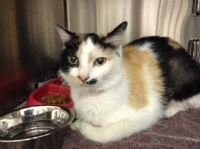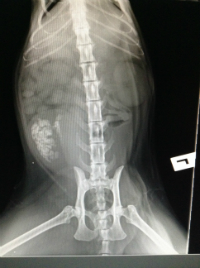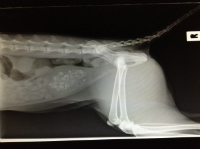Molly’ is a 9 year old cat who is indoors and outdoors. She does not use a litter tray, and instead prefers to use the garden outside to toilet.
Molly presented to Mosman Vet for weight loss and for being a little bit fussier with her food. With these general signs, we ran a full blood profile to check her kidney function, sugar levels (to rule out diabetes mellitus) and general health status. All these parameters were within the normal ranges for an older cat and so we then scheduled an abdominal ultrasound. This is where we discovered what was affecting Molly….she had bladder stones!
An x-ray was also taken and confirmed that this was indeed the case….read on to find out more about Molly’s case and also to find out more about feline lower urinary tract disease (FLUTD) and how it can be treated.
The most common type of bladder stone is struvite and these stones can sometimes be treated medically by feeding a prescription-only dissolution diet. Initially, we had hoped to treat Molly this way however, she then became acutely unwell and so it was in her best interest to perform surgery to physically remove the stones.
The picture below and to the left is one from today. Molly is recovering quite well from her general anaesthetic and surgery. The other picture is of the numerous stones that were removed from her bladder!

Molly recovering 
The stones that were removed
Posted on 14 February 2014
Last updated on 16 December 2019
Tagged with: flutd, surgery, urinary




 Brachycephalic Airway Syndrome
Brachycephalic Airway Syndrome
